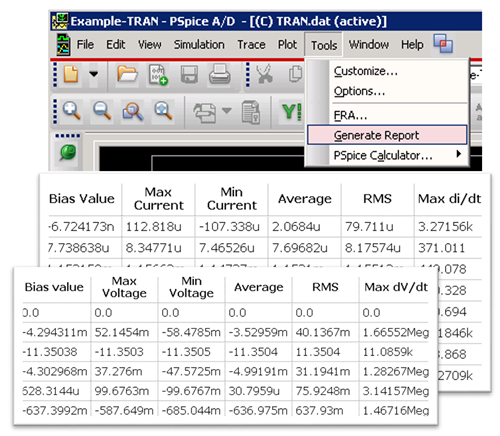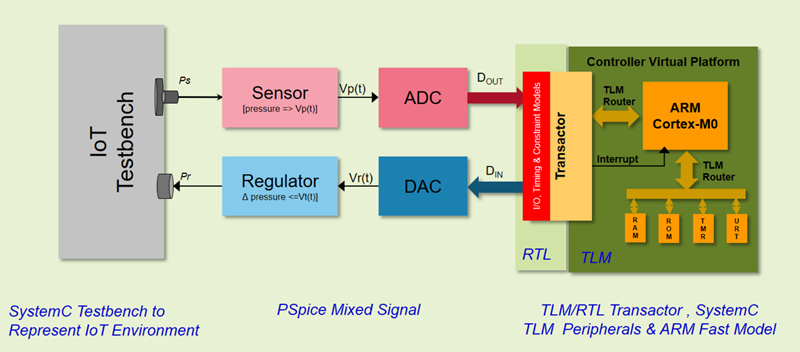The 17.2-2016 release brings a host of new capabilities to the PCB designers desktop. Below is a quick overview of what has been added, enhanced, and updated for PSpice in this release.
64 Bit Simulation Engine and Result Analysis
Leverage full potential of your compute platform to perform simulation and waveform analysis on extremely large designs.
New functions for Behavioral models
A set of Delay() functions to introduce delay in behavioral models or controlled sources.
Configurable HTML Reports
Easily generate HTML reports from your simulation results. Access and display data such as: Average, RMS, Peak values of Current, Voltage and Power.

New Models
Models for TinySwitch-III family devices and new Optocoupler devices have been added
Support for TCL 8.6
In 17.2 release Capture and PSpice support TCL 8.6. TCL support allows design teams ot customize their OrCAD environment to their unique needs. TCL support for PSpice enables designers to easily string together multiple analysis (ex: running regressions tests on a design) and even configure PSpice for new types of analysis (see Frequency Response Analysis example).
Virtual Prototyping
New functionality for automating the code generation for multilevel abstraction models written in C/C++, and SystemC, VerilogA-ADMS, and a set of behavioral analog devices and controlled sources (available in PSpice advanced analysis, PSpice Designer Plus, and Allegro AMS Simulator).

Available Now
OrCAD 17.2-2016 release is available now to customers on active support.
Go here to learn more and request access to the new release.











